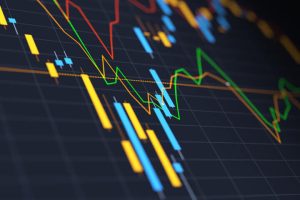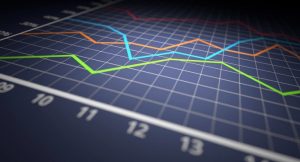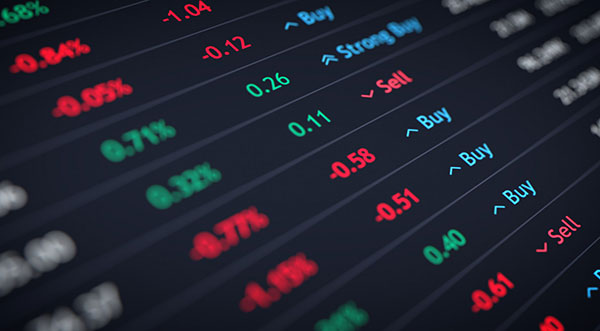Navigating Economic Recovery: Definitions, Phases, and Challenges
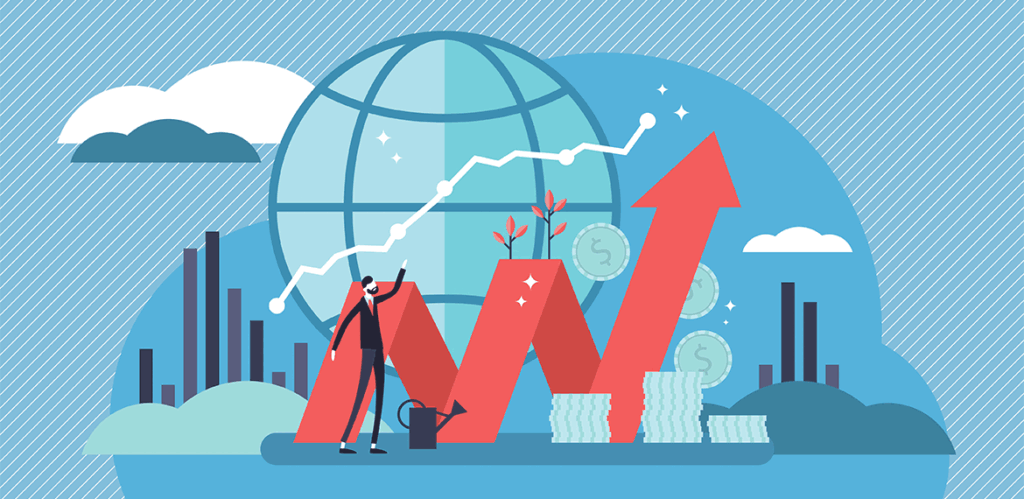
Understanding Economic Recovery
An economic recovery denotes the phase in the business cycle succeeding a recession, typified by a sustained upswing in business activity. Typically, during this phase, there’s a surge in gross domestic product (GDP), escalating incomes, and a decline in unemployment as the economy rebounds.
In essence, an economic recovery involves a process of adaptation and adjustment to new conditions, encompassing factors that triggered the recession and the implementation of new policies and regulations by governments and central banks in response.
During this phase, the economy undergoes restructuring as resources formerly tied up in failed businesses are reallocated to new endeavors. Unemployed individuals find new employment opportunities, and failed firms are either acquired or divided among others. This reconfiguration is vital for the economy to heal and pave the way for a fresh expansionary period.
Understanding the Phases
Economies fluctuate due to various factors, often following a cyclic pattern with distinct phases: expansion, peak, contraction (recession), and trough. While economic recovery isn’t a standalone phase, it transpires between the trough and expansion stages.
Expansion denotes a period of growth characterized by heightened economic activity, increased investments, rising employment, and boosted consumer spending. It’s during this phase that economic recovery primarily occurs.
Peak signifies the pinnacle of the economic cycle, signaling the conclusion of expansion. The economy operates at its maximum capacity, and signs of potential overheating may emerge.
Contraction, or recession, witnesses a decline in economic activity marked by shrinking GDP, reduced investments, rising unemployment, and decreased consumer spending.
Trough represents the nadir of the economic cycle, where economic activity hits its lowest point. Here, negative trends start stabilizing or reversing, setting the stage for recovery.

Navigating the Recovery Process
During a recession, businesses falter, leading to closures or downsizing, while workers face layoffs. Assets are sold off, and sometimes entire businesses liquidate.
However, this phase also presents opportunities for new ventures to emerge, utilizing capital assets released from failed enterprises. Entrepreneurs realign labor and capital into fresh endeavors, considering changes in the economic landscape.
Government policies also evolve, transitioning from the laxity of the preceding boom to more stringent regulations. Fiscal and monetary stimuli may facilitate recovery, but their prolonged application risks impeding the reallocation of resources.
Indicators of Recovery
Economists gauge economic recovery through various indicators, including GDP, employment rates, consumer confidence, and inflation. Leading indicators like the stock market often precede recovery, whereas employment tends to lag.
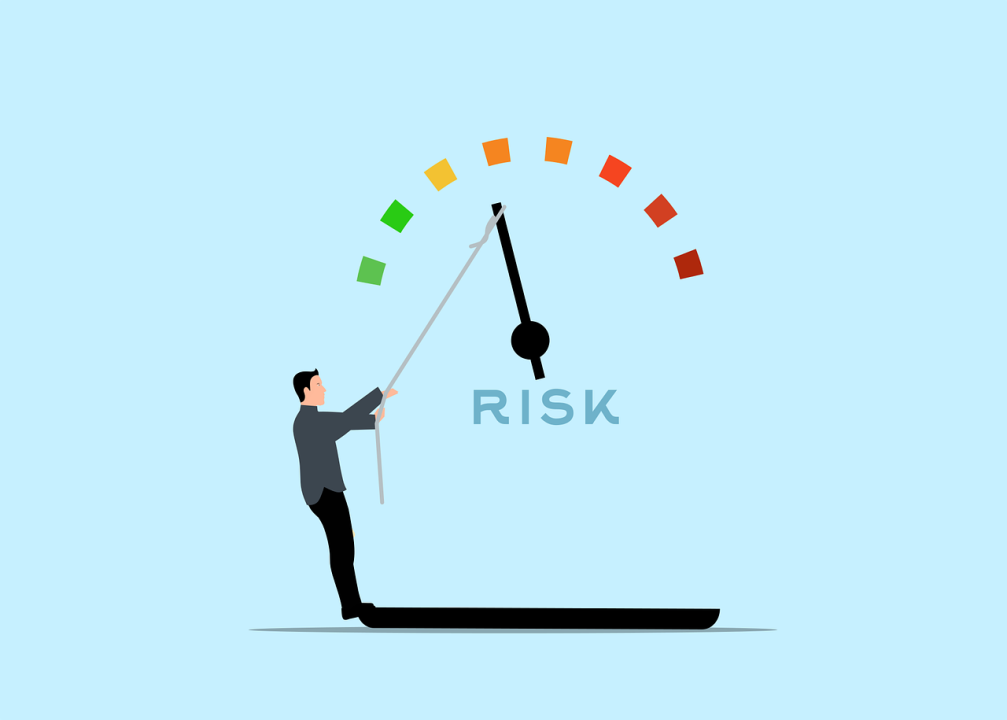
Risks and Challenges
While economic recovery signifies growth, it poses risks such as inflationary pressures, external shocks like geopolitical tensions, and the formation of asset bubbles. Moreover, accommodative monetary policies may exacerbate these risks, potentially leading to debt accumulation.
Policy Considerations
Government interventions through fiscal and monetary policies play a pivotal role in guiding recovery. However, prolonged support may hinder the necessary reallocation of resources, delaying the healing process.
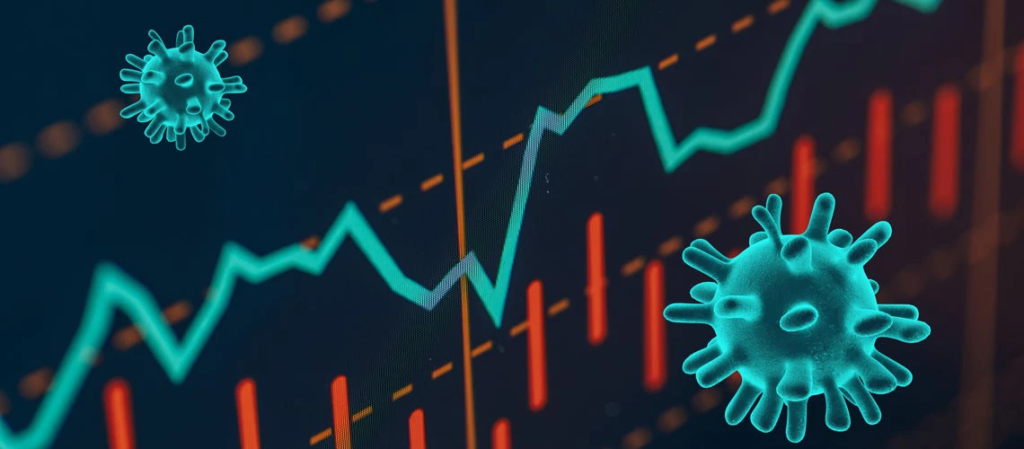
Examples of Recovery
Recovery periods, spanning years or even decades, have proven to be resilient in the face of significant economic downturns, as exemplified by the post-2008 financial crisis and the ongoing recovery from the COVID-19 pandemic. Following the 2008 crisis, characterized by widespread bank failures and job losses, nations implemented monetary policies and stimulus measures to restore stability and foster growth. Despite initial setbacks, economies gradually regained momentum, with GDP growth resuming and unemployment rates declining, albeit amid ongoing challenges and necessary structural reforms.
Similarly, the recovery from the COVID-19 pandemic represents a monumental endeavor marked by unprecedented global disruption. Governments rolled out massive stimulus packages and central banks implemented aggressive monetary easing to mitigate the economic fallout. Despite initial uncertainties, economies rebounded, buoyed by pent-up consumer demand and accelerating vaccination rates, though challenges persist, highlighting the importance of coordinated policy responses and international cooperation in building more resilient societies.
Conclusion
Economic recovery epitomizes the revitalization of an economy post-recession, marked by positive growth indicators. While policymakers strive to foster recovery through strategic interventions, balancing growth with mitigating risks remains a critical challenge.


